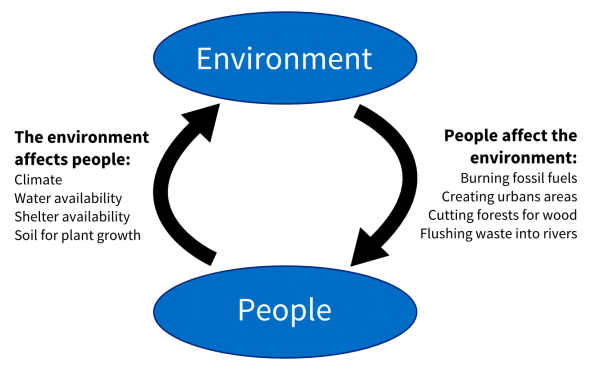About population and environmental health
This section explains why population information is important for environmental health.
On this page:
Population data is useful for environmental health monitoring
Population data is useful for environmental health monitoring. We can look at population data alongside environmental data, to consider how much impact an environmental hazard might have on a particular population. We can look at:
- how many people are at risk
- characteristics of the population that might make them more vulnerable to environmental hazards – such as age, ethnic group, socioeconomic status, and health status.
For example, looking at the older population alongside the numbers of very cold days in each region helps determine where excess winter deaths might occur most often.
In Aotearoa New Zealand, the Census is the major source of information about our population.
The link between environment and people
The environment is affected by the people that live in it, and people are affected by the environment in which they live (Figure 1).
People can affect the environment, such as changing land use through agriculture and urbanisation. The environment can affect human health, often due to human-caused changes to the environment. For example, burning fossil fuels like wood, coal and oil increases the amount of air pollution, which can affect our health.
People and the environment we live in are part of the same large ecosystem – Earth. In ecosystems, living things interact with each other and affect each other. A ‘push’ in one part of the system results in a ‘pull’ in another part.
Figure 1: The environment affects people and people affect the environment
Our Environmental Health Indicators programme monitors the impacts the environment has on human health in New Zealand.

